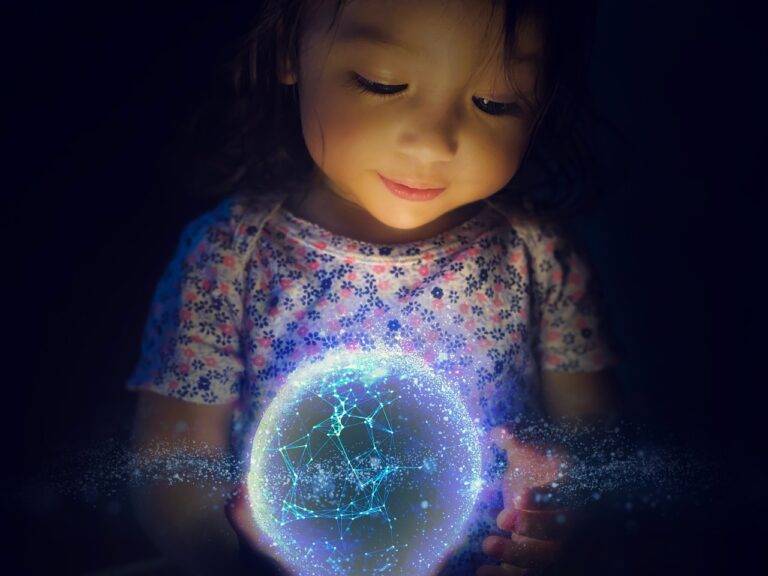Digital Art Exhibitions: NFTs and the Democratization of the Art Market
In recent years, the art world has witnessed a significant shift with the emergence of Non-Fungible Tokens (NFTs). These digital assets have revolutionized the way artists create, sell, and collect their works by leveraging blockchain technology to authenticate ownership and establish scarcity. NFTs have opened up new possibilities for artists to reach a global audience and engage with collectors in the digital realm.
One of the most appealing aspects of NFTs is their ability to provide artists with direct access to a decentralized market, bypassing traditional gatekeepers such as galleries and auction houses. By selling their work as NFTs, artists can retain more control over their creations and receive a larger share of the proceeds. This democratization of the art market has empowered artists to explore innovative ways of monetizing their art and connecting with a community of supporters who value their work.
Exploring the Concept of Non-Fungible Tokens
Non-fungible tokens (NFTs) have gained significant traction in the art world, revolutionizing the way we perceive and trade digital assets. Unlike cryptocurrencies such as Bitcoin or Ethereum, NFTs are unique and indivisible, each representing a specific digital item or artwork. This uniqueness is made possible through blockchain technology, which ensures the authenticity and ownership of the NFT.
Through the use of NFTs, artists are granted a novel channel to showcase and monetize their digital creations, sparking a new wave of possibilities in the art industry. The ability to tokenize digital art not only provides artists with a secure way to authenticate their work but also opens up a global market for art collectors to invest in rare and one-of-a-kind pieces. As the concept of NFTs continues to evolve, it challenges traditional notions of art ownership and reproduction, paving the way for a dynamic intersection between art, technology, and blockchain innovation.
What are non-fungible tokens (NFTs)?
Non-fungible tokens are digital assets that represent ownership of unique items or assets, such as art, music, videos, or in-game items, using blockchain technology.
How do NFTs differ from cryptocurrencies like Bitcoin?
While cryptocurrencies like Bitcoin are fungible, meaning each unit is identical and interchangeable, NFTs are non-fungible, meaning each token is unique and cannot be replicated or exchanged for another token.
How are NFTs being used in the art world?
NFTs are revolutionizing the art world by allowing artists to tokenize their work, creating a digital certificate of ownership for each piece of art. This has opened up new opportunities for artists to monetize their work and connect directly with collectors.
Are NFTs environmentally friendly?
The energy consumption of NFTs has raised concerns about their environmental impact, as the process of minting and trading NFTs can be energy-intensive. However, some blockchain networks are exploring more sustainable options to reduce their carbon footprint.
Can anyone create and sell NFTs?
Yes, anyone can create and sell NFTs, as long as they have access to a blockchain platform that supports NFTs. However, it is important to consider copyright and intellectual property rights when creating and selling NFTs.
Are NFTs a good investment?
The value of NFTs can be highly volatile, and it is important to do thorough research before investing in them. While some NFTs have sold for millions of dollars, there is no guarantee of a return on investment, so it is important to proceed with caution.





